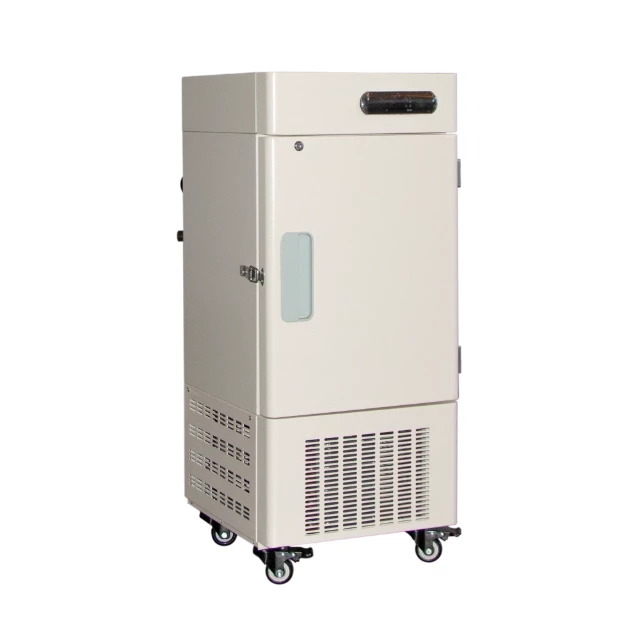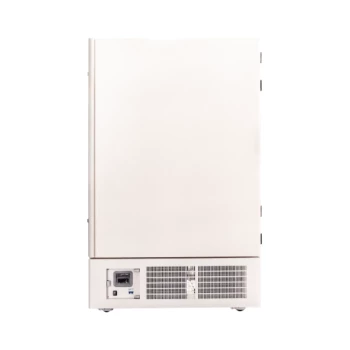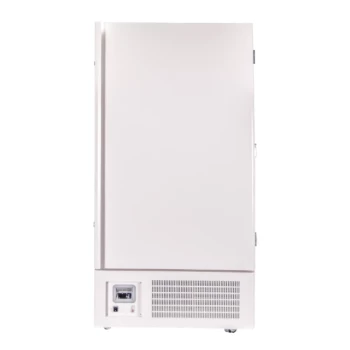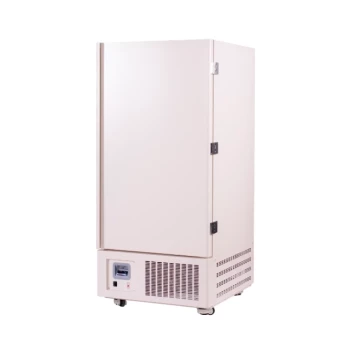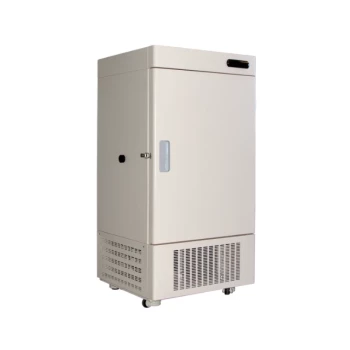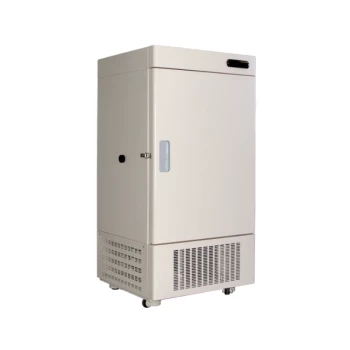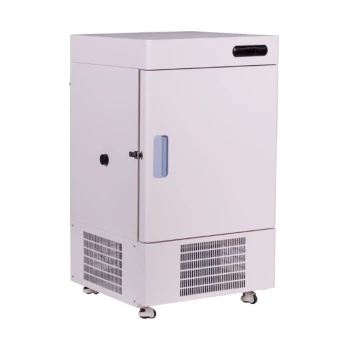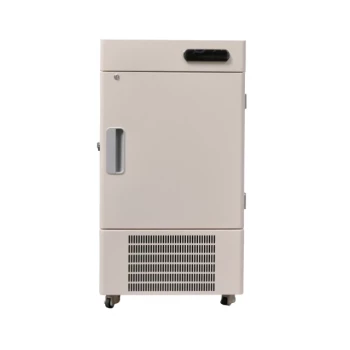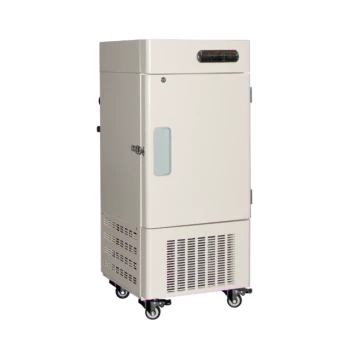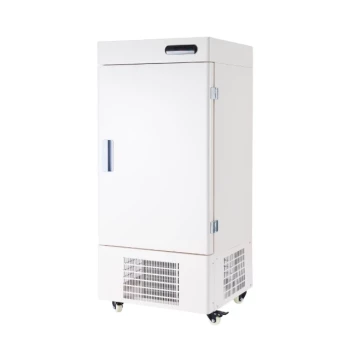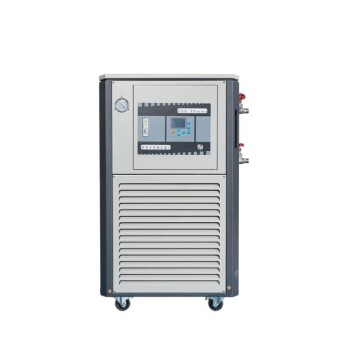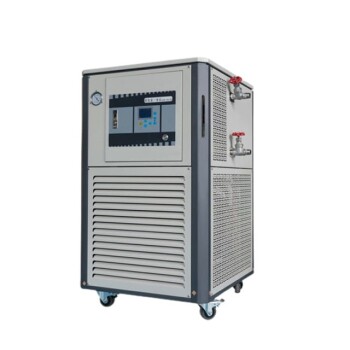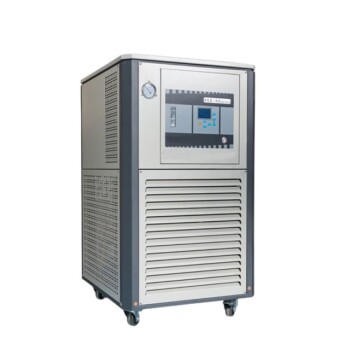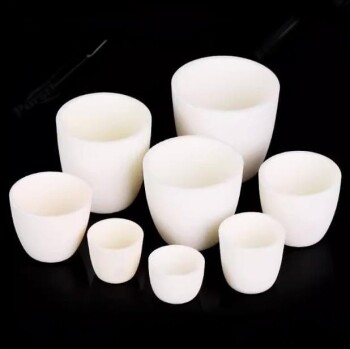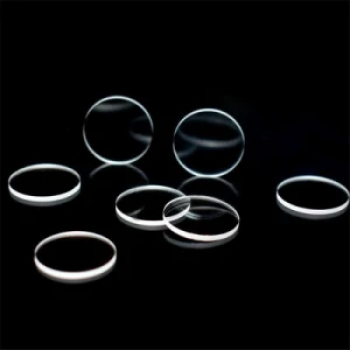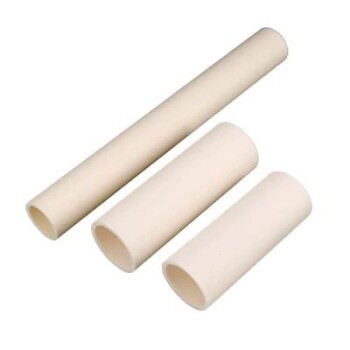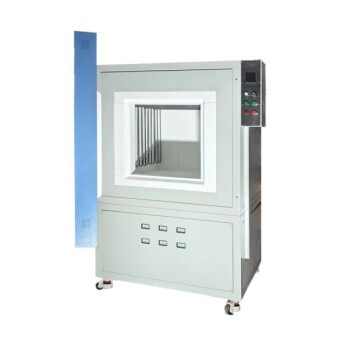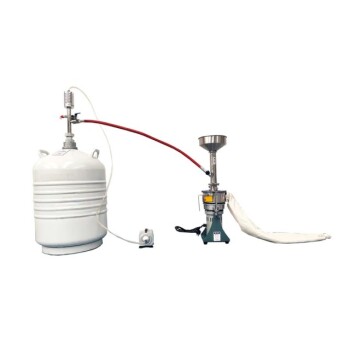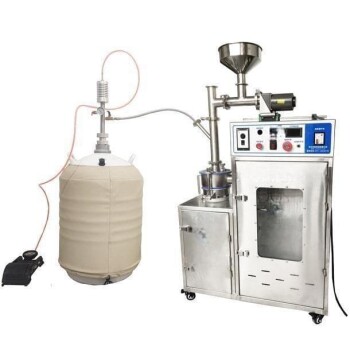In laboratories worldwide, ultra-low temperature (ULT) freezers operate silently at temperatures as low as -86°C (-122.8°F), safeguarding the integrity of biological materials that underpin medical breakthroughs and research. But why are these extreme conditions essential? This article demystifies the science behind ULT storage, explaining how it halts degradation, prevents ice crystal damage, and ensures the viability of cells, proteins, and vaccines.
Essential Materials Stored in Ultra-Low Temperature Freezers
Cellular Integrity: Safeguarding Viability for Research and Therapy
Primary cells, stem cells, and tissues lose functionality rapidly at higher temperatures due to metabolic activity and enzymatic breakdown. ULT freezers slow cellular metabolism to near-zero, preserving structural and genetic integrity for years. For example, research shows that hematopoietic stem cells stored below -80°C maintain viability for over a decade, enabling life-saving therapies like bone marrow transplants.
Biomolecular Stability: Protecting Proteins, Enzymes, and Nucleic Acids
Proteins and RNA degrade through hydrolysis or aggregation at warmer temperatures. At -80°C, these processes are effectively paused:
- Enzymes retain catalytic activity for assays.
- Recombinant proteins avoid denaturation.
- RNA resists degradation by RNases.
Studies indicate that even brief temperature excursions above -60°C can irreversibly damage sensitive biomolecules, compromising research reproducibility.
Vaccine Potency: Ensuring Long-Term Immunogenicity and Efficacy
Vaccines, particularly mRNA-based formulations, rely on ULT storage to preserve lipid nanoparticles and genetic material. For instance, the COVID-19 mRNA vaccines required -70°C storage to maintain efficacy for 6+ months. Without ULT conditions, conformational changes in viral proteins or nucleic acid fragmentation can render vaccines ineffective.
The Critical Role of Ultra-Low Temperatures in Preservation
Halting Degradation: Combating Enzymatic and Chemical Breakdown
Biological materials deteriorate through:
- Oxidative stress (accelerated at higher temps).
- Enzymatic activity (e.g., proteases degrading proteins).
- Chemical reactions (like Maillard reactions in sugars).
ULT storage reduces these reactions by over 10,000-fold compared to -20°C, as molecular motion nearly ceases below -80°C.
Preventing Ice Crystal Damage: The Importance of Vitrification
Slow freezing forms destructive ice crystals that puncture cell membranes. ULT freezers enable vitrification—a glass-like solidification without crystallization—when paired with cryoprotectants. This is critical for preserving organelles and delicate structures like neuronal synapses.
Suppressing Microbial Growth: Maintaining Sample Sterility
While most microbes are inactive below -20°C, certain psychrophiles (cold-tolerant bacteria) can survive. ULT temperatures below -40°C virtually eliminate microbial metabolism, ensuring sterility for clinical samples like biopsies or trial materials.
Best Practices for Maximizing Sample Integrity in ULT Freezers
Material-Specific Protocols: Tailoring Storage to the Sample
- Cells: Use cryoprotectants (e.g., DMSO) and cool at 1°C/minute to -80°C before transfer to liquid nitrogen vapor phase.
- Proteins: Store in glycerol or sucrose buffers at -80°C; avoid repeated freeze-thaw cycles.
- Vaccines: Follow manufacturer guidelines (e.g., -70°C for mRNA vaccines with dry ice backup).
Mitigating Risks: Preventing Freezer Failure and Temperature Excursions
- Alarm systems: Choose freezers with visual/audible alerts for power outages or door breaches.
- Redundancy: Distribute samples across multiple units to prevent total loss.
- Monitoring: Log temperature data to identify trends (e.g., frequent door openings).
Research institutions report that samples exposed to temperatures above -60°C for >30 minutes show significantly reduced viability, underscoring the need for robust protocols.
Preserving Tomorrow’s Discoveries Today
ULT freezers are more than appliances—they’re guardians of biological potential, from cancer research to pandemic response. By understanding the science behind their necessity, labs can optimize storage strategies and protect invaluable samples.
Ready to enhance your lab’s preservation capabilities? Explore KINTEK’s range of ultra-low temperature solutions, designed to meet the rigorous demands of modern research and clinical applications.
Related Products
- 938L Vertical Ultra Low Temperature Freezer for Advanced Laboratory Storage
- 708L Ultra Low Temperature Freezer High Performance Laboratory Freezer
- 408L Advanced Vertical Laboratory Ultra Low Temperature Freezer for Critical Research Material Preservation
- 308L Precision Ultra Low Temperature Freezer for Laboratory Applications
- 208L Advanced Precision Laboratory Ultra Low Temperature Freezer for Cold Storage
Related Articles
- How ULT Freezers Prevent Catastrophic Loss of Microbiological Samples
- How Cascade Refrigeration Powers Ultra-Low Temperature Freezers Beyond Single-Stage Limits
- How ULT Freezers Protect Scientific Discoveries in Genetics and Drug Development
- Preserving the Irreplaceable: How ULT Freezers Protect Critical Samples Across Industries
- Freeze-Drying Decoded: The Science Behind Preserving Food, Medicine, and Research Materials
